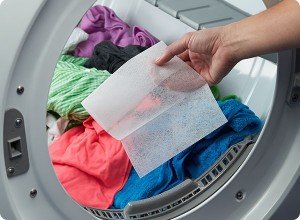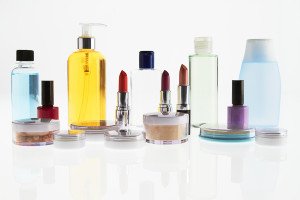Thousands of ‘organic’ beauty products found to contain banned chemicals
3 min read
still life of beauty products
As your body’s biggest organ, your skin is covered with thousands of pores, all of which should be thought of as entry points to your body. When you consider the fact that your skin is like a sponge that absorbs everything you put on it, you will quickly realize that being cognizant of everything you put on your skin is every bit as important as paying attention to the ingredients in the food that you eat.
The Information Age means that people are more aware of ingredients in food and other products than ever before. In his recent book Food Forensics, Mike Adams, the Health Ranger, tested everything from groceries and fast food to nutritional supplements and protein powders. His findings, which included a number of hidden toxins and heavy metals, were disturbing to many people, and a similar examination of beauty products carried out by the Environmental Working Group (EWG) is equally unsettling.
According to the EWG, more than 5,000 beauty products boast an “organic” label or use the term in their name, but many actually contain hidden or risky ingredients. Under their Skin Deep database scoring system that assigns grades from 1 (best) to 10 (worst) in terms of ingredient safety, more than 250 so-called “organic” products were given a poor score of 5 or higher.
Poor labeling oversight
When it comes to organic food, labeling standards have gotten much better over the years, although it should be noted that they are still not perfect. However, it’s a huge mistake to assume that the same applies to beauty products, because nothing could be further from the truth.
While the USDA is responsible for regulating organic claims on farm products, they do not generally have jurisdiction over cosmetics. That is the realm of the FDA, and if you’re not already aware of their track record, let’s just say that their oversight leaves quite a lot to be desired.
As a matter of fact, the FDA does not even have any official definition of the word “organic.” The FDA’s website states the following in response to the question of whether they have a definition for the term:
“No. FDA regulates cosmetics under the authority of the Federal Food, Drug, and Cosmetic Act (FD&C Act) and the Fair Packaging and Labeling Act (FPLA). The term ‘organic’ is not defined in either of these laws or the regulations that FDA enforces under their authority.”
Many people are surprised to learn about this lack of regulation. A recent Federal Trade Commission (FTC) survey that was carried out in conjunction with the USDA found that many people erroneously believe that personal care products that claim to be organic must meet government standards, while a large percentage are also under the false impression that such products may only contain organic ingredients.
Creative labels trick consumers
Sometimes brands turn to creative word placement to skirt the few regulations that do exist. For example, when beauty products make a claim of being made with “100% natural” or “100% organic” ingredients, this does not usually mean that the entire product is made of natural or organic ingredients – it usually just refers to one or two specific natural or organic ingredients that are included among a host of dangerous chemicals. Terms like “vegan,” “eco-friendly,” and even “unscented” and “hypo-allergenic” on labels are also not very regulated, so they should not be trusted when making purchasing decisions.
With the organic personal care industry’s sales projected to reach $16 billion by 2020 – double such sales in 2013 – it’s time for some oversight to help assure customers they are getting the safe products they seek. Until then, one good rule of thumb is to scrutinize the ingredients label and see if you are familiar with the terms. Don’t buy anything that is full of unpronounceable ingredients, even if it does claim to be organic!
Sources include:
Click here to link to the original article.



